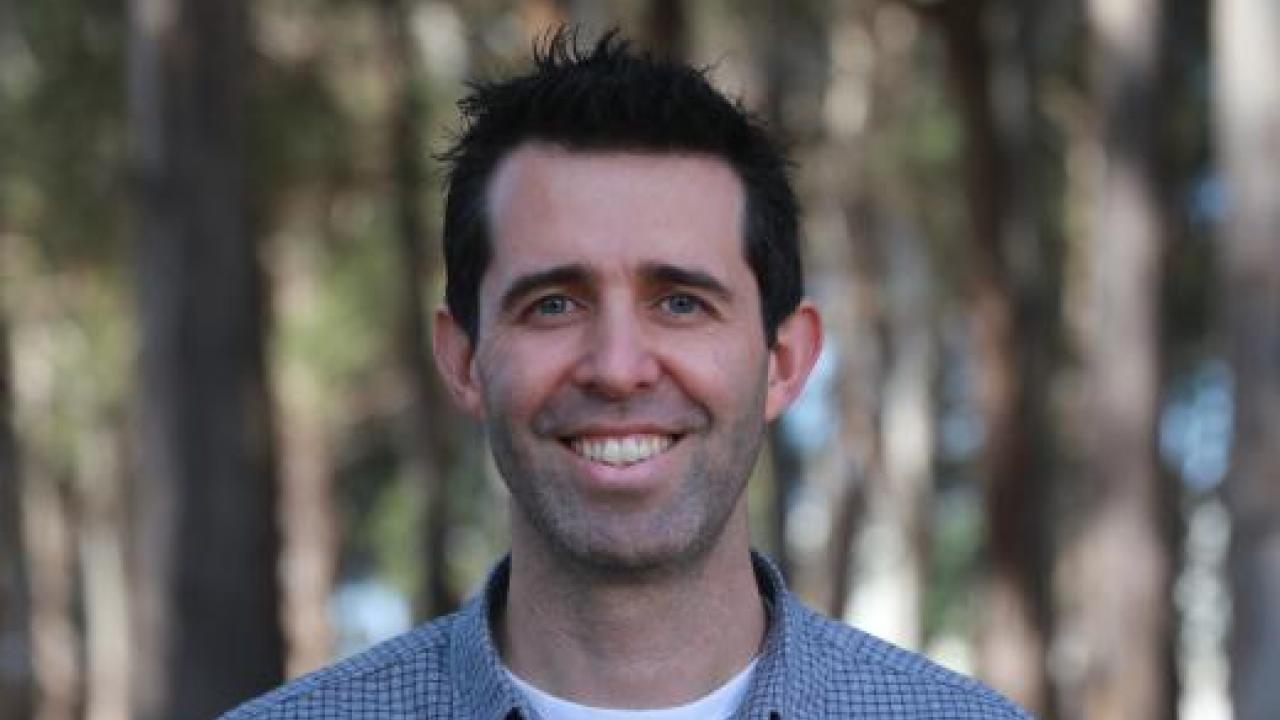
Prof. Gardner Leads Post-Disaster Reconnaissance Investigation
Assistant Prof. Michael Gardner is co-leading a team that is headed to Florida to investigate the impacts of Hurricanes Helene and Milton and to understand how we can design and build more resilient infrastructure that can handle such extreme events. Learn more about the effort below.
NEER Press Release:
NEER and GEER Respond to Hurricanes Helene and Milton in Florida: A joint team from the Nearshore Extreme Events Reconnaissance (NEER) Association and from the Geotechnical Extreme Events Reconnaissance (GEER) Association, supported by the National Science Foundation, has been mobilized to investigate the impacts of storm surge and waves and resulting sediment erosion and deposition, debris transport and accumulation from Hurricanes Helene and Milton through pre-storm, during-storm, and post-storm field data collection. Measurements and observations will be conducted in the nearshore and in coastal environments of the central to northern Florida west coast with focus areas including Cedar Key and Horseshoe Beach.
The findings are expected to improve the understanding, prediction, and mitigation of erosion and scour and impacts thereof during severe tropical storm events from storm surge, inundation, and wave action. Specifically, the uniqueness of this opportunity lies within the fact that pre- and during-storm data was collected throughout a Cat 4 and 4m storm surge event. Data will be shared widely through NSF NHERI DesignSafe-CI. Data will also be shared with local communities and parties of interest to increase awareness and understanding of risk assessments.
The team is composed of natural hazards research experts and practitioners from the coastal and geotechnical engineering communities. Dr. Nina Stark, an associate professor at the University of Florida (UF), and Dr. Michael Gardner, an assistant professor at UC Davis, are coordinating the multi-disciplinary and multi-institutional investigation. They are joined by Dr. Maitane Olabarrieta (UF), Dr. Armando Laurel-Castillo (UF), Dr. Jonathan Hubler (Villanova University), Dr. Weiwei Zhan (University of Central Florida), Dr. Celso Castro-Bolinaga (NC State University), Mr. Michael Haefeli (U.S. Army Corps of Engineers), Dr. Alexandra Schueller (University of Delaware), Brandon Quinn (ECS Florida), and Dr. Youssef Hashash (University of Illinois Urbana-Champaign). They are furthermore supported by University of Washington Natural Hazards Engineering Research Infrastructure (NHERI) RAPID technical staff under the lead of Dr. Michael Grilliot (UW NHERI RAPID) and by the UF Center for Coastal Solutions technical field support staff under the lead of Mr. Todd Van Natta. Additionally, students from UF, Villanova University, NC State University, and Louisiana State University will join the effort. Finally, the team is supported virtually by Dr. Britt Raubenheimer (Woods Hole Oceanographic Institution, NEER director), Dr. David Frost (Georgia Tech, GEER director), and Dr. Navid Jafari (Louisiana State University).
The big bend coast of Florida was recently impacted by subsequent storm events including Hurricane Idalia (Cat 3; Sept 2023), Hurricane Debbie (Cat 1: July 2024), Hurricane Helene (Cat 4; Sept 2024), and upcoming Hurricane Milton (Oct 2024). It represents a series of severe storms impacting the same region within a short period of time. Hurricane Helene also stood out through a rapid intensification and last moment changes in course that allowed for limited time of warnings and storm preparation of residents, as well as through the size of the storm and landward progression with severe impacts in inland locations.
The NEER association collected detailed data quantifying storm surge and wave heights through Hurricane Helene as well as detailed topographic and aerial imagery data of the areas of Cedar Key, Suwannee, Shired Island, and Horseshoe Beach, Florida on the day before landfall, as well as bathymetric data within the previous three months. More data is being collected throughout Hurricane Milton and will be collected post-storm during the week of October 7th. This data set will be unique regarding diversity in methods, detail, and comprehensiveness to study impacts from tropical cyclones on coastal communities through detailed case studies. The results will contribute to improve risk assessment and impact prediction from tropical cyclones on coastal communities.
After the field investigation is complete, observations and findings will be posted on the GEER and NEER websites and through https://www.designsafe-ci.org/. Additional information on GEER and NEER is available at: http://www.geerassociation.org/ and https://neerassociation.org/
NEER Contact: Nina Stark, PhD, University of Florida, nina.stark@ufl.edu
GEER Contact: Michael Gardner, PhD, PE, University of California, Davis, mhgardner@ucdavis.edu
